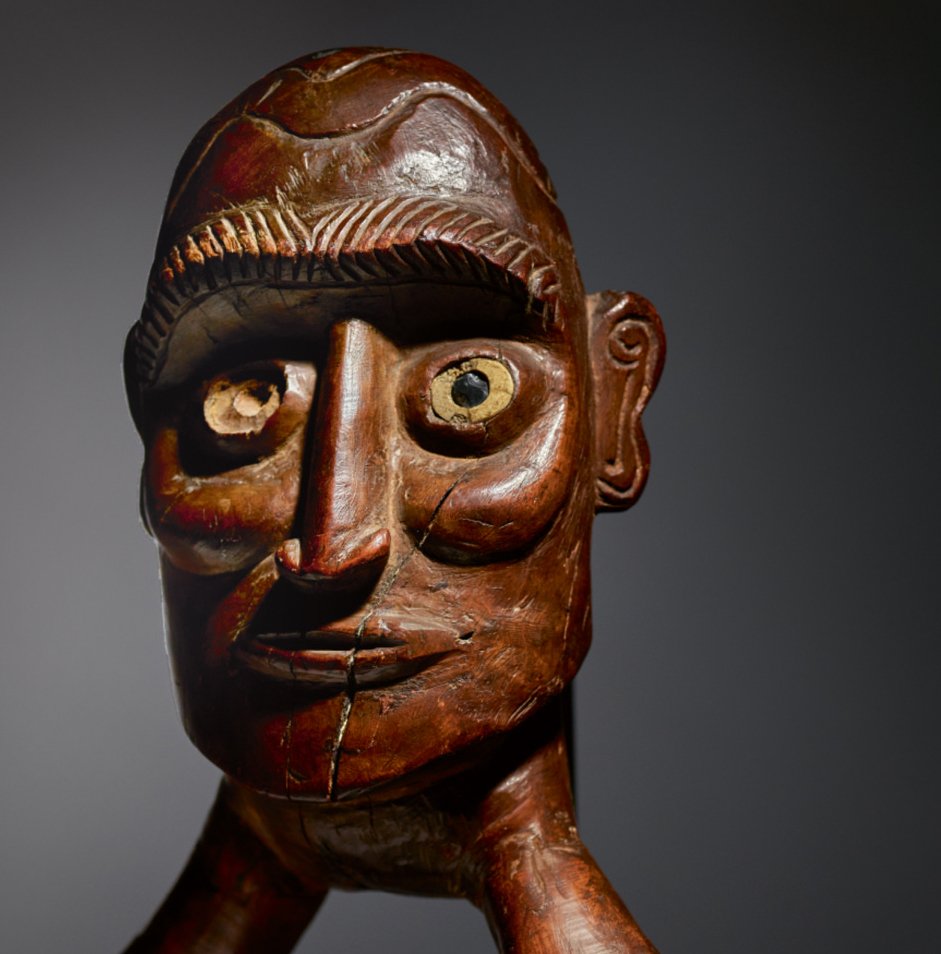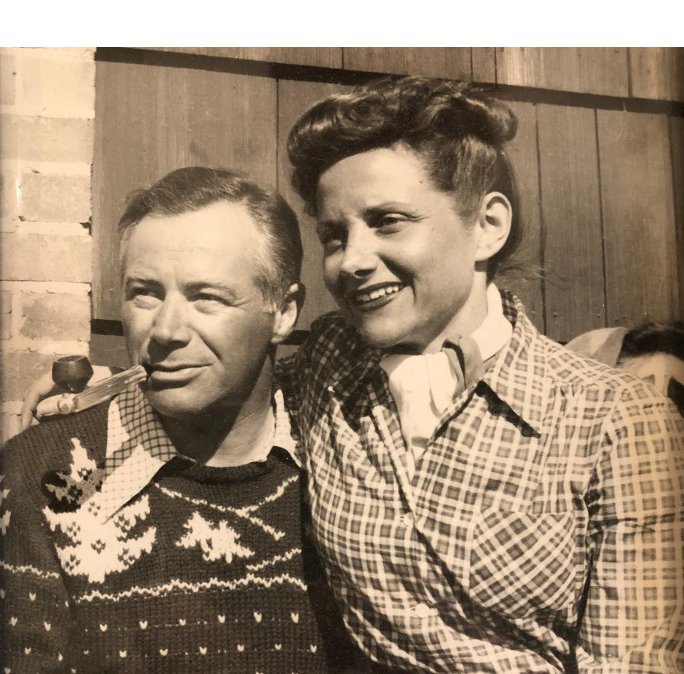Pacific arts featured at Sotheby’s New York
New York, 8 May 2019

Exhibited in New York since 2nd May, nearly 90 works of Pacific art from Harry A. Franklin’s collection will be auctioned at Sotheby’s on 13 May as part of the spring session organised by the American auction house.
A pioneer in the trade of arts from Africa and Oceania after a initial career in textiles, Harry A. Franklin established himself as a reference in the 1950s and 1960s and “converted” many collectors on the west coast of the United States to his cause. His gallery, located in Beverly Hills, was a privileged meeting place for anthropologists, art lovers, great travellers, politicians and film stars, such as Jacques Lipchitz, Nelson Rockefeller, John Huston, Frank Sinatra and Paul Newman.
After the death of the Californian merchant in 1983 (at age 79), a first auction, organised at Sotheby’s on the initiative of his daughter, Valérie Franklin-Nordin, made the headlines in April 1990, thanks in particular to the record sale, for $3.4 million, of a statue of Cameroon, known as “Queen Bangwa” and photographed by Man Ray in the mid-1930s alongside a model of Guadeloupean origin.

Before the auction, Sotheby’s was expecting sales of between $3.8 million and $5.5 million for all 475 items – presented in 431 lots – more than half of which came from Franklin’s private African art collection and the rest from the family business… “Queen Bangwa”, now owned by the Dapper Foundation, was estimated at between $1.2 million and $1.8 million. The Californian merchant had acquired the statue – which had passed through the hands of collector Arthur Speyer and Parisian merchant Charles Ratton, for $29,000 in 1966 – at the auction of Helena Rubinstein’s collection at Sotheby’s Parke-Bernet in New York. This world record marked the beginning of a new era for the collection of primitive arts.
“Preserved by the family since the death of its founder, the Pacific artworks in the Harry A. Franklin collection that will be auctioned on 13 May are no less impressive,” says Alexander Grogan, Vice-President and Head of Department at Sotheby’s. It includes a wide selection of sculptures from the ancient island cultures of Oceania, including works from New Zealand and the Polynesian Islands, as well as Melanesia, particularly Papua New Guinea. Among these works, a number were acquired directly by Franklin at the legendary Rubinstein Collection auction. The Franklin Collection has long been associated with our auction house.”

Masks, figurines, amulets, mortars, ceremonial bowls, caskets, suspension hooks, drums, painted furniture, boat bow and other sculptures representative of the artistic traditions of the many Pacific peoples are thus brought to light. And if no piece reaches, in his estimates, the top of the African “queen”, some are still valued at several hundred thousand dollars.
This is the case, for example, of the 112-centimetre wooden and fibre statue of an ancestral “uli” figure from the Bismarck archipelago in New Ireland, estimated between $200,000 and $300,000. A “tsubwan” mask, originating from the Pentecost Island, in the Vanuatu archipelago, is estimated at between $250,000 and $350,000 and will start at $130,000. A 96-centimetre Maori gable ornament, made of wood, obsidian and pigments, presented on a base by the Japanese artist Kichizô Inagaki (1876-1951) and probably passed through André Breton’s collection, will be proposed from $260,000, for a high estimate established at $700,000.
“The appearance of the Franklin collection at auction represents a rare opportunity for collectors to acquire works that have not been seen in the art market for more than half a century,” insists Alexander Grogan.

The sale of Harry A. Franklin’s Pacific Collection will be followed by the auctioning of 142 art lots from Africa, Oceania and the Americas, including important sculptures from sub-Saharan Africa, North American, the Pacific Islands, the former Mesoamerica – Aztec and Mayan statues, gold pendants and pre-Columbian ornaments. Again, some pieces from various private collections are expected to reach several hundred thousand euros.
“These sales are part of the same framework as the traditional auctions dedicated to modern, impressionist and contemporary art at Sotheby’s, thus celebrating the historical links and aesthetic affinities that tie them to the arts of these ancestral cultures,” notes Alexander Grogan. They also coincide with the inauguration of our new New York Gallery space, which also seeks to highlight these connections.”